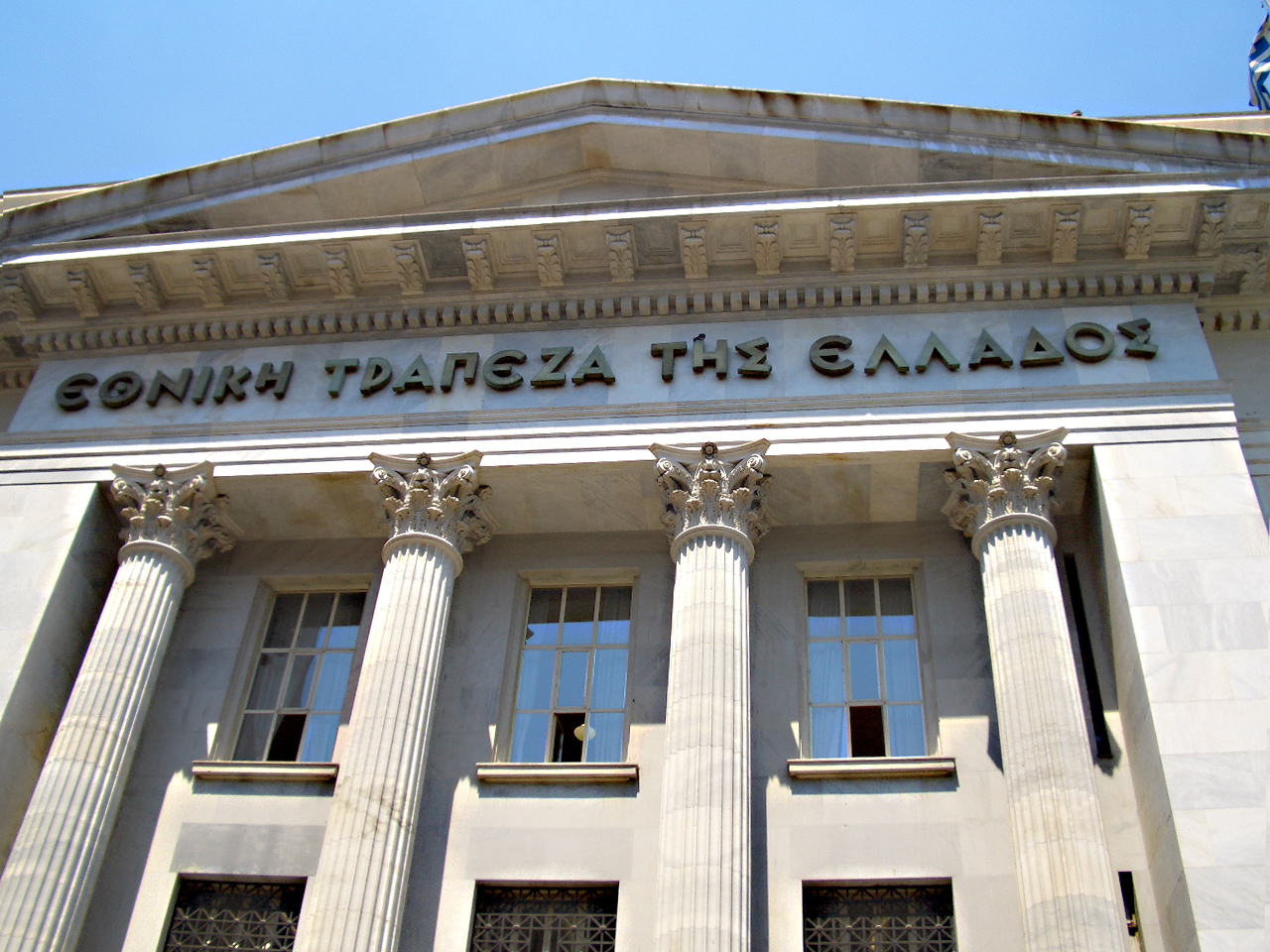The Greek public debt restructuring of 2018 through the lens of history
by Olga Christodoulaki

In June 2018, relief was granted to Greece for the official sovereign debt by its Eurozone counterparts. But in spite of this recent agreement and a reduction by more than 50% in the face value of the debt held privately in March 2012, the sustainability of Greek public debt is still questioned and the uncertainty associated with this might easily impair economic growth.
This is not the first episode of Greek public debt restructuring, as I will discuss in research to be presented at the Economic History Society’s 2019 annual conference. In 1898, five years after a Greek government default, a debt compromise was achieved, providing for the restructuring of both internal and external sovereign debt. The cornerstone of this readjustment plan was the creation of a viable long-term plan for the servicing of public debt, which had reached nearly 230% of GDP by then.
Interest rate payments to bondholders of Greek external loans issued before the 1893 default were linked to specific public revenue streams earmarked exclusively for the service of these loans. These revenues assigned for the repayment of public debt were administered by the International Financial Commission and represented, in 1903 for example, approximately 46% of the total revenue of the Greek government.
Consequently, as Figure 1 shows, the yield paid to bondholders fluctuated from year to year within a band depending on the volume of those revenues; its floor being the minimum rate defined by the debt restructuring agreement and its ceiling the original coupon rate of the loan.
In addition, special attention was paid during the preparation of this debt readjustment plan to protect and indeed strengthen the National Bank, the central bank in Greece at the time. Domestic public debt denominated both in gold and drachmae and mainly held by the National Bank, was also restructured so as to strengthen its financial position.

My study argues that the provisions of the debt readjustment plan of 1898 – which it should be stressed have been completely ignored by research until now – should be taken into account in order to comprehend fully the improvement in the creditworthiness of the Greek government and consequently the terms of borrowing before the outbreak of the First World War.
The public debt readjustment arrangement of 1898 marked the beginning of a period of high capital inflows to the country including Greek diaspora capital and remittances. Moreover, it facilitated a carefully orchestrated return of the Greek government to the private markets in 1902. It is worth noting, however, that Greece did not avoid a further default in the early 1930s when the world economy collapsed.
The recent public debt relief granted to Greece by its Eurozone counterparts echoes the late nineteenth century restructuring of public debt agreement but lacks the credibility that the latter engendered. This time, the long-term sustainability of public debt depends on the commitment of the Greek government to achieve constant primary surpluses, every year, beginning from 2018 for two generations and also on privatisation proceeds.
This is a commitment that has been received with caution since it is neither a serious policy goal nor particularly realistic if history is anything to go by.

